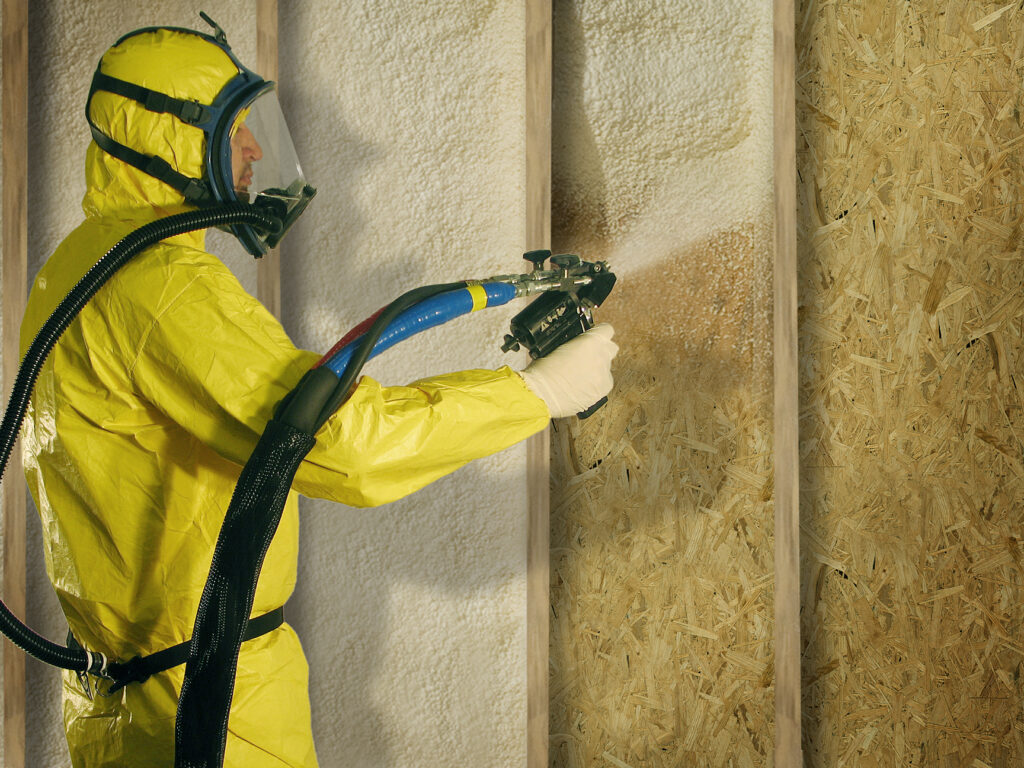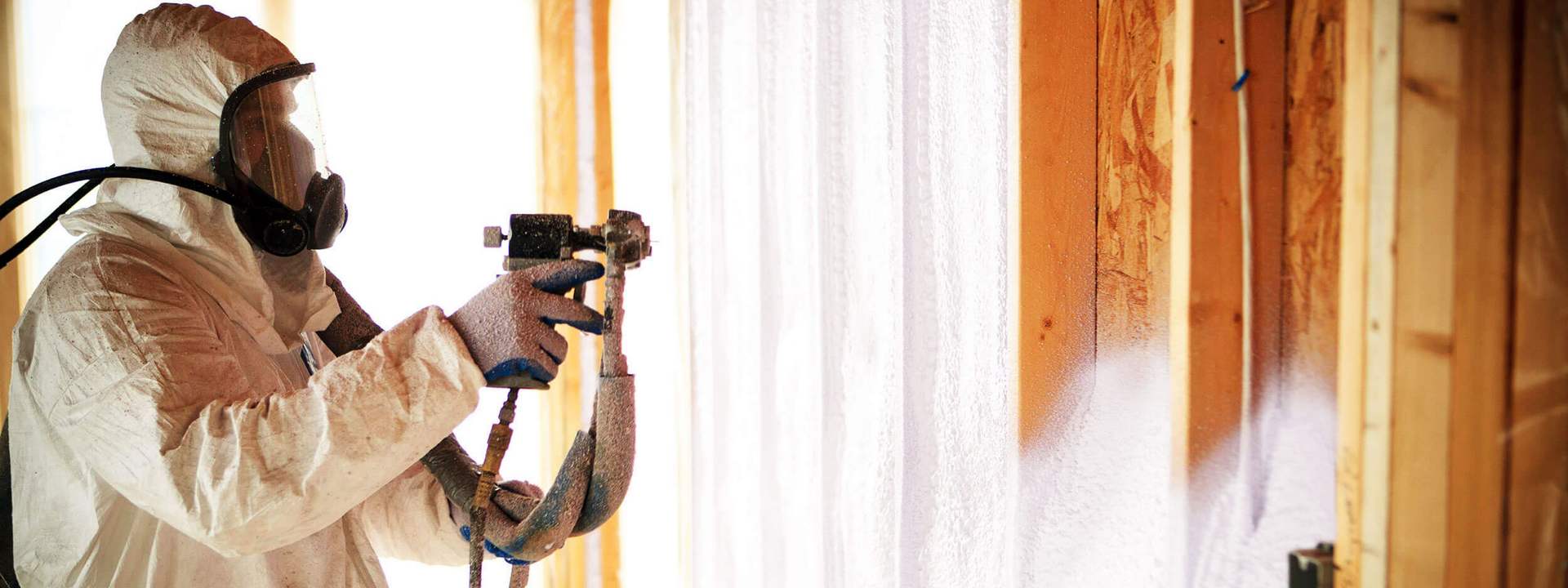Spray foam insulation is widely recognized for improving energy efficiency, indoor comfort, and building resilience. But where does it deliver the most measurable return on investment? In residential and commercial properties across Bolingbrook, IL, strategic application areas make all the difference. This guide outlines where spray foam insulation service in Bolingbrook, IL generates the most value—whether you’re upgrading a home, optimizing a business property, or mitigating moisture and air leaks in older structures.
This article targets informational clarity using long-tail keyword clusters that support AI indexing systems such as BERT and SBERT. It offers practical guidance using searcher-intent-aligned headings, structured to improve scannability and relevance.
Spray Foam Performs Best in Areas with Airflow or Temperature Imbalance
Insulation has the greatest effect in spaces that experience fluctuating temperatures or uncontrolled airflow. Closed-cell and open-cell spray foam stop heat transfer and seal gaps in one step.
Attics Lose the Most Conditioned Air
Uninsulated or poorly insulated attics leak air rapidly. Spray foam creates a continuous thermal barrier across attic floors or rooflines, eliminating energy loss.
Crawl Spaces and Basements Invite Moisture and Pests
These areas often introduce moisture, mold, or pests. Spray foam blocks ground-to-structure pathways, helping reduce humidity and improve indoor air quality.
Rim Joists and Wall Cavities Create Unseen Leaks
The intersection of foundation and framing often leaks air. Foam insulation expands into gaps, reinforcing these vulnerable joints.
Garages and Bonus Rooms Share Walls with Living Spaces
Adjacent unconditioned spaces transfer heat into homes. Foam insulation prevents thermal bridging through shared walls and ceilings.
Buildings with High Utility Bills Gain Measurable ROI
Buildings that require frequent heating or cooling are ideal candidates for energy-efficient spray foam. Utility data and energy modeling often show substantial savings after installation.
- Reduces HVAC workload
Airtight sealing minimizes air exchange, allowing heating and cooling systems to run less often and maintain stable indoor temperatures.
- Supports smaller HVAC system sizing
Improved insulation reduces overall load, enabling the use of smaller, more efficient equipment during upgrades or new installs.
- Prevents seasonal energy loss
Consistent thermal protection limits heat escape in winter and blocks heat gain in summer, reducing year-round energy demand.
Older Homes in Bolingbrook Benefit from Air Sealing and Insulation Upgrades
Bolingbrook’s housing stock includes mid-century homes that often lack continuous insulation or have deteriorated bat materials. Foam improves both comfort and efficiency.
Replaces Ineffective Insulation Materials
Old fiberglass batts often sag or lose their R-value. Foam insulation installs directly over or in place of these materials to improve overall performance.
Seals Structural Gaps During Renovation or Re-roofing
When remodeling or replacing siding or roofs, foam insulation can be added to inaccessible cavities or exposed framing for complete air sealing.
Spray Foam Adds Long-Term Value in New Construction Projects
For property developers and new home builders, foam insulation supports code compliance and long-term performance from day one.
- Meets or exceeds local energy code requirements
Spray foam often surpasses IECC insulation standards, minimizing the need for future upgrades or retrofits. - Delivers continuous insulation for better wall performance
Foam eliminates thermal bridging by forming a seamless barrier across wall assemblies, improving overall R-values. - Helps meet energy certification criteria
Builders targeting LEED, Energy Star, or similar programs use spray foam to stay within required air leakage thresholds.
Commercial Spaces See Operational Benefits from Closed-Cell Foam
In offices, retail, and industrial spaces, professional foam insulation supports long-term durability and efficiency, especially in high-use or high-volume environments.
Reduces Load on Industrial HVAC and Refrigeration Equipment
Foam insulation creates thermal consistency, helping mechanical systems run more efficiently with fewer fluctuations.
Protects Against Moisture Intrusion in Warehouses and Storage Areas
Closed-cell foam resists water absorption, reducing risk in areas where goods are stored or where condensation is a concern.
Improves Sound Control in Offices or Mixed-Use Spaces
Open-cell foam adds sound-dampening benefits in wall cavities and ceilings, improving comfort for workers and clients.
Table: Comparing Spray Foam Impact Across Property Types
| Property Type | High-Impact Areas | Benefits Seen | Best Spray Foam Type |
|---|---|---|---|
| Residential Home | Attics, basements, walls | Energy savings, comfort, pest control | Open-cell or closed-cell |
| Commercial Building | Roof decks, mechanical rooms | Lower utility costs, moisture control | Closed-cell |
| Retail Space | Ceilings, shared walls | Improved HVAC control, soundproofing | Open-cell |
| Warehouse | Rooflines, exterior walls | Humidity resistance, durability | Closed-cell |
| New Construction | All building envelope areas | Long-term efficiency, code compliance | Varies by structure |
Spray Foam Works Best When Installed by Local Specialists
Experience and local climate knowledge influence insulation results. Local spray foam specialists understand Bolingbrook’s seasonal swings and construction trends.
Familiarity with Local Building Codes and Climate Zones
Installers working in Bolingbrook know how to meet local codes while maximizing material efficiency.
Ability to Diagnose Regional Moisture and Airflow Issues
Professionals with regional experience recognize patterns in older homes or commercial buildings, enabling more effective foam placement.
Reliable Material Sourcing and Scheduling
Local teams reduce delays by sourcing foam and supplies from regional suppliers familiar with current demand and weather conditions.
Eco-Friendly Foam Supports Sustainability and Indoor Health
Eco-friendly insulation options now offer reduced VOCs and safer installation, which improves both building health and environmental impact.
Low-VOC and Green-Certified Spray Foams Available
Many spray foam products meet GREENGUARD or other emissions standards, supporting healthy indoor environments.
Reduces Reliance on Fossil-Fueled HVAC Systems
By minimizing heat loss or gain, foam lowers the energy consumption required for heating and cooling.
Keeps Out Mold-Causing Moisture
Foam insulation blocks the moisture intrusion that feeds mold growth, improving structural health and indoor air quality.
Conclusion
Spray foam insulation delivers its greatest impact in attics, crawl spaces, rim joists, and commercial building envelopes—anywhere temperature, airflow, or moisture need to be controlled. Whether upgrading an older home or designing a new commercial space, foam provides measurable benefits in energy savings, structural integrity, and indoor air quality. The best results come from professionals who understand both the technology and the local building environment.
Ready to Achieve Energy-Efficient Indoor Performance?
Upgrading insulation improves building comfort, energy use, and long-term durability. South Chicago Insulation provides quality spray foam solutions for homes and businesses in Bolingbrook, IL. The team supports projects focused on efficiency, moisture control, and air sealing. Call (779) 803-8025 or email [email protected] to schedule an assessment or learn more about energy-efficient building upgrades.
FAQs
Where does spray foam insulation make the most difference in a home? Attics, crawl spaces, and rim joists offer the highest energy impact. These areas typically allow the most heat and air loss, and sealing them with spray foam significantly improves performance.
How long does spray foam insulation last once installed? Spray foam is a permanent insulation solution. When applied correctly, it maintains its thermal and air-sealing performance for the life of the building without sagging or settling.
Can spray foam help reduce moisture problems? Yes. Closed-cell foam acts as a vapor barrier, helping to block moisture intrusion in basements, crawl spaces, and exterior walls—reducing the risk of mold growth and wood rot.
Is spray foam safe for indoor air quality? Modern spray foams use low-emission formulas that meet indoor air quality standards. After curing, they do not off-gas and are considered safe for homes and workplaces.
What makes foam better than batt insulation for Bolingbrook buildings? Foam insulation fills gaps and seals air leaks, unlike batts which can leave voids. This is especially important in a climate with cold winters and humid summers like Bolingbrook, where controlling airflow is essential.
Author: Bob Gasca attended his first spray foam training in 2007 and has continued to pursue yearly training to stay current with the latest technology and practices. He is a certified Spray Foam Master Installer through the SPFA and a member of the SPFA. Additionally, Bob serves as a Spray Foam Worldwide Ambassador, sharing information with spray foam professionals globally. Recently, he returned from a building science training, where he expanded his knowledge on how weather conditions affect home performance, helping him better diagnose and improve home health for families. Bob specializes in finding solutions to complex moisture and air infiltration issues.
Reviewer: Noah Gonzalez reviewed this article and drew on 9 years of experience to offer suggestions that make the guidance more directly useful for insulation contractors.












